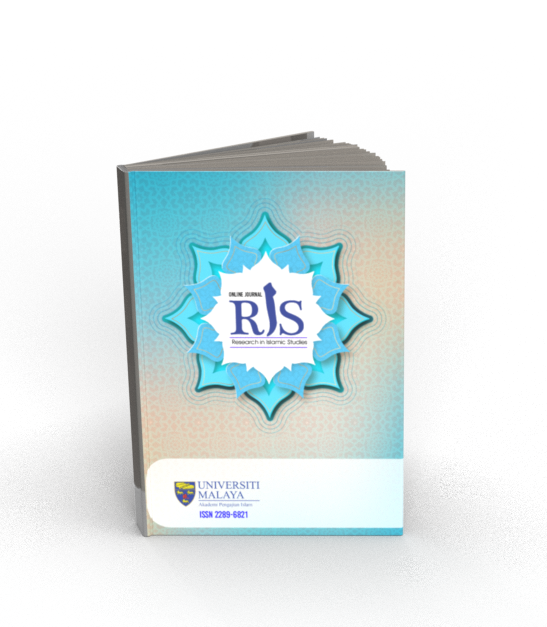Main Article Content
Abstract
The aim of this research is to investigate the phenomenon of street children and its treatment from the perspective of the Islamic methodology, using the "Kafil Al-Yateem Association in Algeria" as a model. The phenomenon of street children in our contemporary time requires intensified efforts as it represent the most vulnerable group in many societies. Many societies often view them as belonging to the lower strata. The significance of the study lies in examining the phenomenon of street children and their rights in resolving their problems in the light of Islamic methodology, as opposed to systems and laws that may be inadequate at times. These solutions are human-made, unlike the divine Islamic approach. The researcher addressed the study of this phenomenon in the context of the Quran and Sunnah, focusing on the problems faced by street children within Algerian society. The researcher utilized a descriptive-analytical and applied methodology, including a field study on the "Kafil Al-Yateem National Association" and its activities towards orphans and street children. This involved conducting a survey with 193 association members and interviewing 7 permanent members of the association's admin distraction. The research results highlighted the role of the Islamic methodology and its concern for safeguarding the rights of orphans and street children. It also emphasized the role and efforts of the Kafil Al-Yateem Association in accommodating this group and providing them with the necessary care, gaining the satisfaction of most of society.
Keywords
Article Details
Copyright (c) 2023 Online Journal of Research in Islamic Studies

This work is licensed under a Creative Commons Attribution-NonCommercial-ShareAlike 4.0 International License.
Copyright Notice
By submitting manuscripts to the Online Journal of Research in Islamic Studies (RIS), authors agree to transfer copyright to the journal. However, authors may republish their work or grant others permission to republish it; in which case it should be accompanied by a proper acknowledgment that the work was originally published in the Online Journal of Research in Islamic Studies (RIS). The journal adopt CC-BY-NC licence which authors may also share and distribute their article anywhere of non-commercial website, social media and repositories immediately on publication.
Authors may also reuse the Abstract and Citation information (e.g. Title, Author name, Publication dates) of their article anywhere at any time including social media such as Facebook, blogs and Twitter, providing that where possible a link is included back to the article on the journal site.
